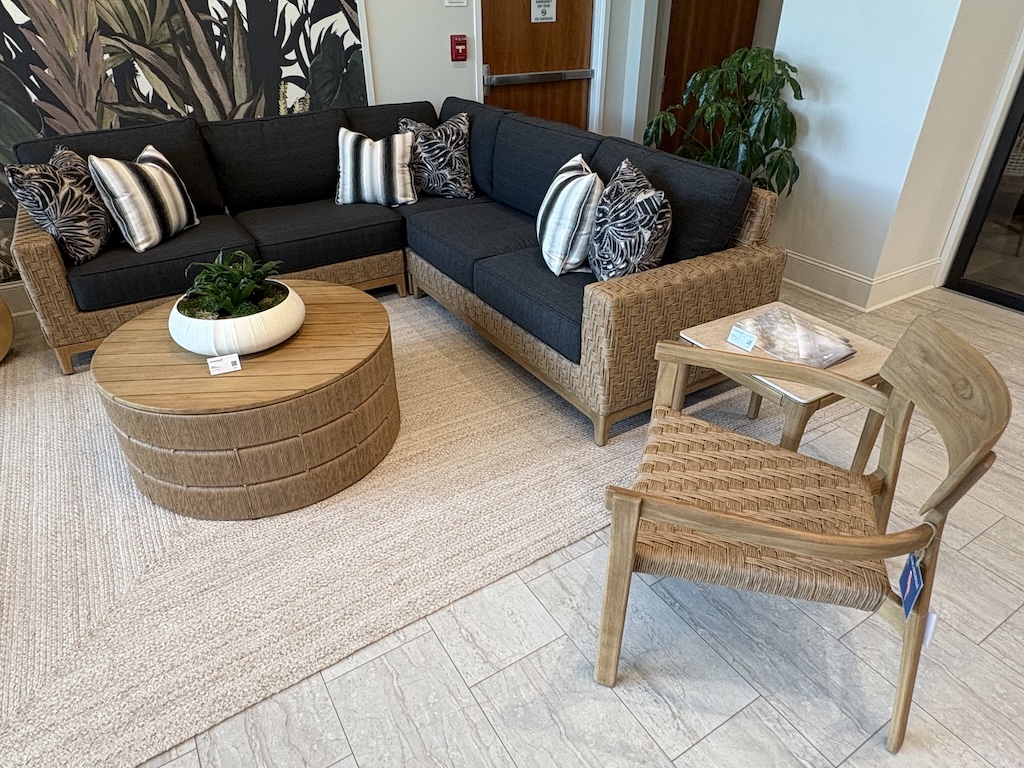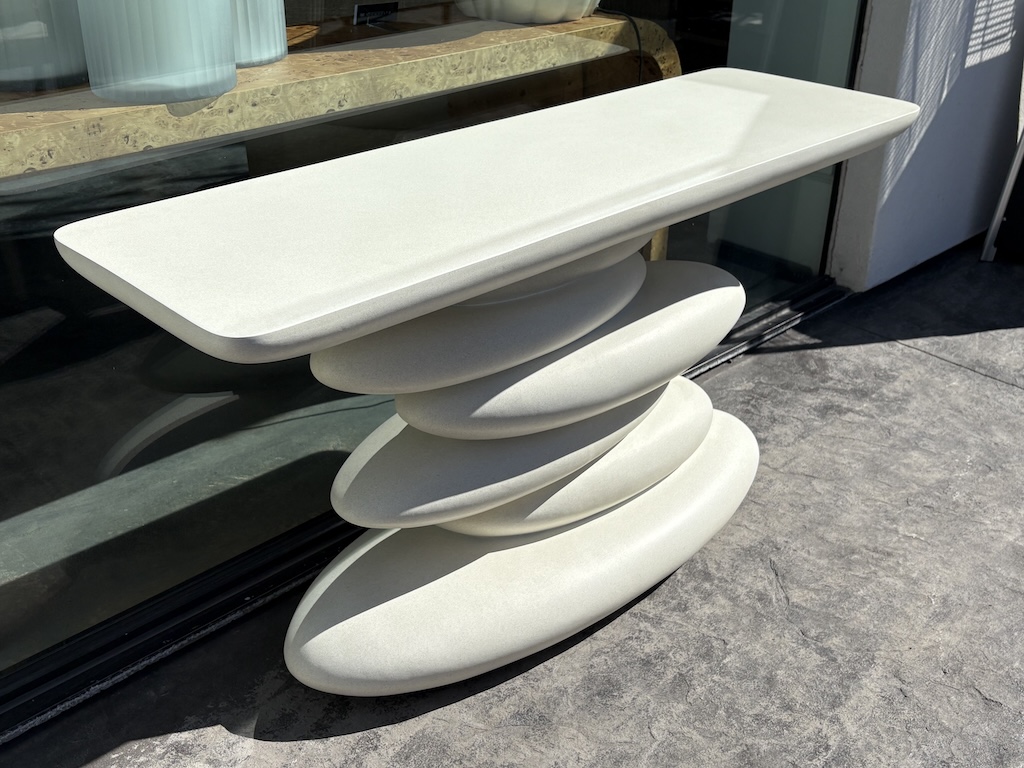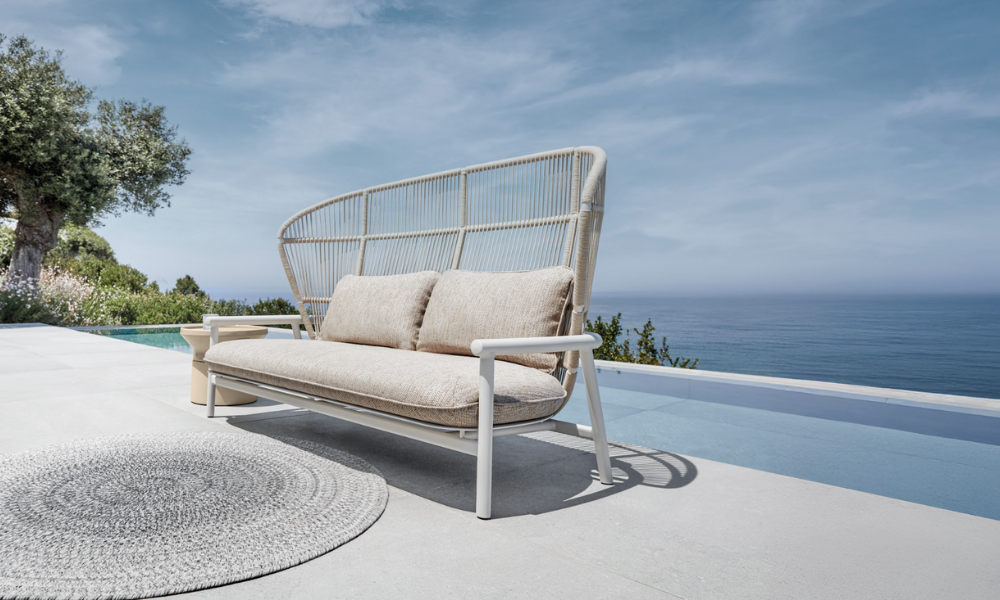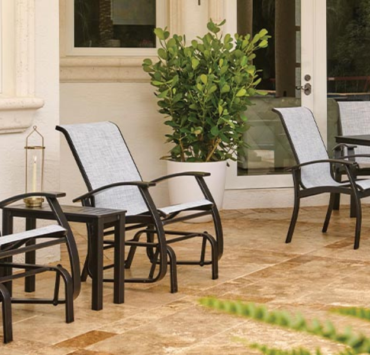For landscape designer Steve Schumacher, who founded Boston Landscape Co. in 1991, the beauty in the outdoors can be found in carrying out the wishes of the client.
“I enjoy creating beautiful and functional outdoor environments tailored to clients’ needs,” says Schumacher.
He says that since the firm’s founding, the biggest challenges are in managing projects that require civil engineering and permit approvals, especially in urban areas like Boston. “At Boston Landscape Co, we believe in the power of personalized service tailored to meet the unique landscaping goals of each client,” Schumacher says. “We understand that every property comes with its own set of challenges, whether it’s budget constraints, time limitations or specific site conditions. That’s why we work closely with our clients to ensure that every project never fails to impress.”

In addition to design, Boston Landscape offers masonry installation and maintenance, and tree and shrub pruning, to elevate a property’s beauty and functionality. And in a nod to its New England roots, Boston Landscape offers snow and ice management services during the winter months.
Schumacher says he has seen more interior designers taking on outside projects, especially so that they can offer a comprehensive level of service, but he cautioned that to design an outdoor project requires expertise in landscape architecture.
That expertise requirement extends to manufacturers.
“The most important aspect in a designer-manufacturer relationship is receiving high-quality, durable products and strong customer support,” says Schumacher. “Outdoor manufacturers excel in providing a variety of high-quality products and materials, but they could improve by streamlining the product selection process and offering more educational resources on materials and applications.”
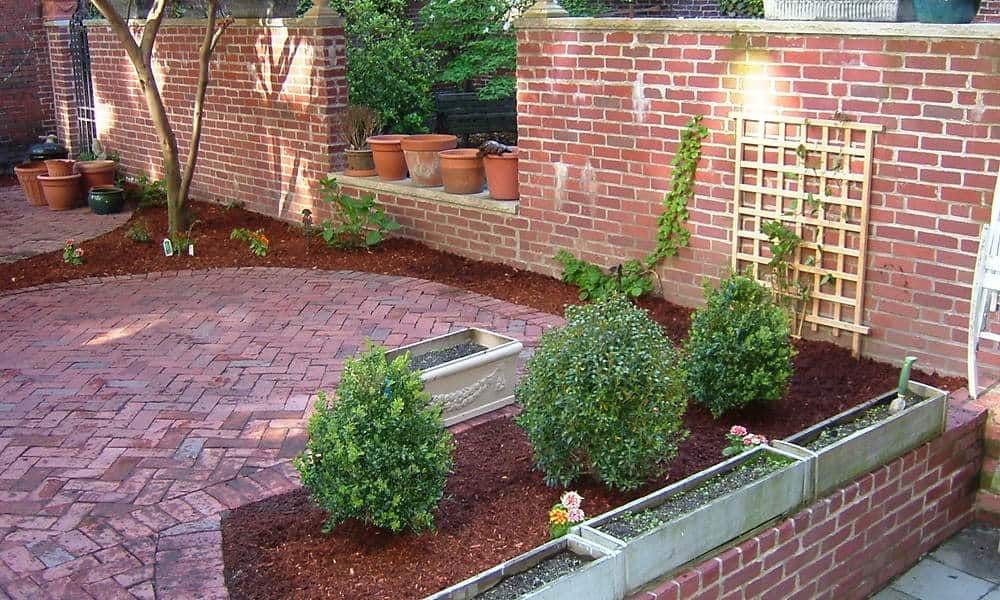
He says that the best way for designers to learn more about outdoor products is by visiting showrooms, attending trade shows and visiting manufacturers’ websites.
“My advice for new designers is to start with residential projects to build experience, focusing initially on hardscaping and planting plans before progressing to more complex installations,” says Schumacher. “Outdoor design is rewarding but requires continual learning to keep up with products, materials and environmental regulations.”

